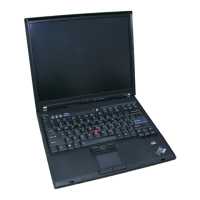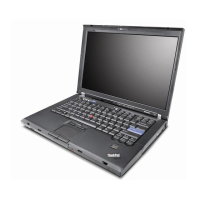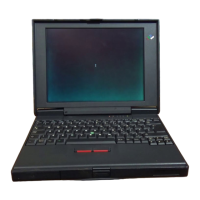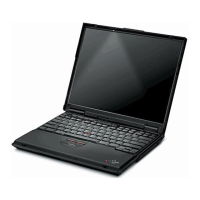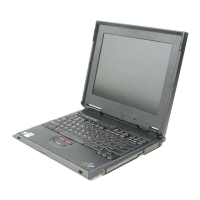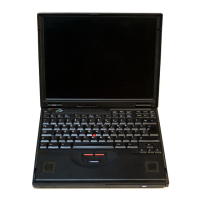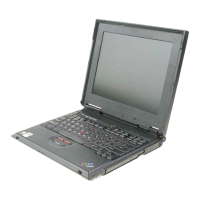5. Display the I/O buffer area:
Refer
to
I/O
Buffer Area
DCP:L
l:ICPl.
D 30'+'+
LOC@
30'-1-'+
Displacement
to
first position of I/ei buffer
-
0000
018~
0000
01BC
0022
OOEE OOEE
tOFO
305'+
OA20
0100
3066
OOCC
0001
3132
0000 0000
-
I/O
buffer start address
6. . The I/O buffer
is
located
22
hex bytes from the
be-
. ginning
of
the I/O buffer area (refer
to
I/O
Buffer
Area). Add hex 22
to
the address
of
the I/O buffer
area:
Hex
22 (displacement to first position of I/O
buffer)
Hex
3044 (beginning
of
I/O
buffer area)
Hex
3066 (buffer start address)
You can also use the buffer start address
in
the
10CB
as
shown
in
step 5.
7. Display the I/O buffer:
The I/O buffer
is
set
to
a"
hex zeros when the I/O
operation
is
complete.
If
you stop the I/O operation
by pressing the
CMD
and
HOLD
keys, you might
cause data
in
the workspace and/or tape files to be
lost.
Use
the 5100 internal code chart to decode the data char-
acters
in
the
I/O
buffer.
DCPl
DCPl
D
3066
LOC@
;3066
Data
,
"
,-.
____
-""
_____
...
~
End
of
record :haracter
~
190F
l~:iOO
0801
1605
0006
OF15
OEO'+
001'+
3076
080~5
0009
250F
0002
1506
0605
1200
0000
6-14
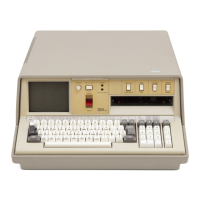
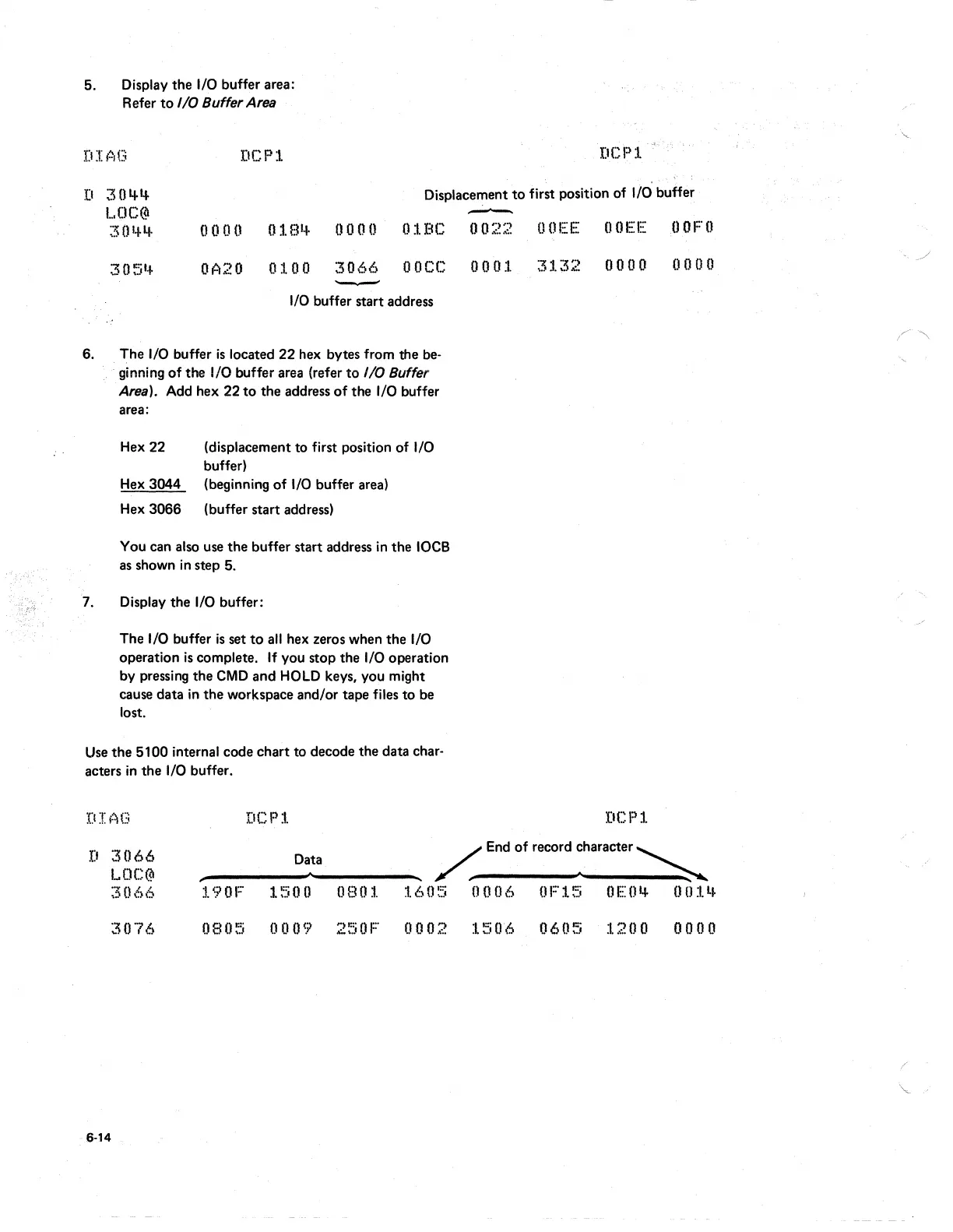